Scout Motors is staging a comeback that’s equal parts reinvention and nostalgic nod. Once a pioneer in the American SUV scene, International Harvester was the brand that helped introduce the concept of a “sport utility vehicle” with the Scout before it was even a thing. But the company went belly-up in 1980, leaving its rugged reputation to fade into automotive folklore. Now, thanks to the Volkswagen Group’s backing, which acquired the rights to the name when it bought Navistar International in 2021, Scout is reinventing itself as an all-electric brand.
Read: These Are The New Scout Terra Truck And Traveler SUV
Just this week, more than two years after we first heard about VW’s plans, Scout finally pulled the wraps off two production-intent concept vehicles, the Traveler SUV and Terra pickup, which are designed to preview its lineup for 2027. Both models sit on a unique, body-on-frame EV platform, promising the kind of durability and off-road capability that could make them genuinely competitive in today’s market. It’s a throwback to Scout’s roots, but with a high-voltage twist.
As the brand gears up to roll out these two models, we’re taking a closer look at some of their more unusual and standout features today.
Cabana Top
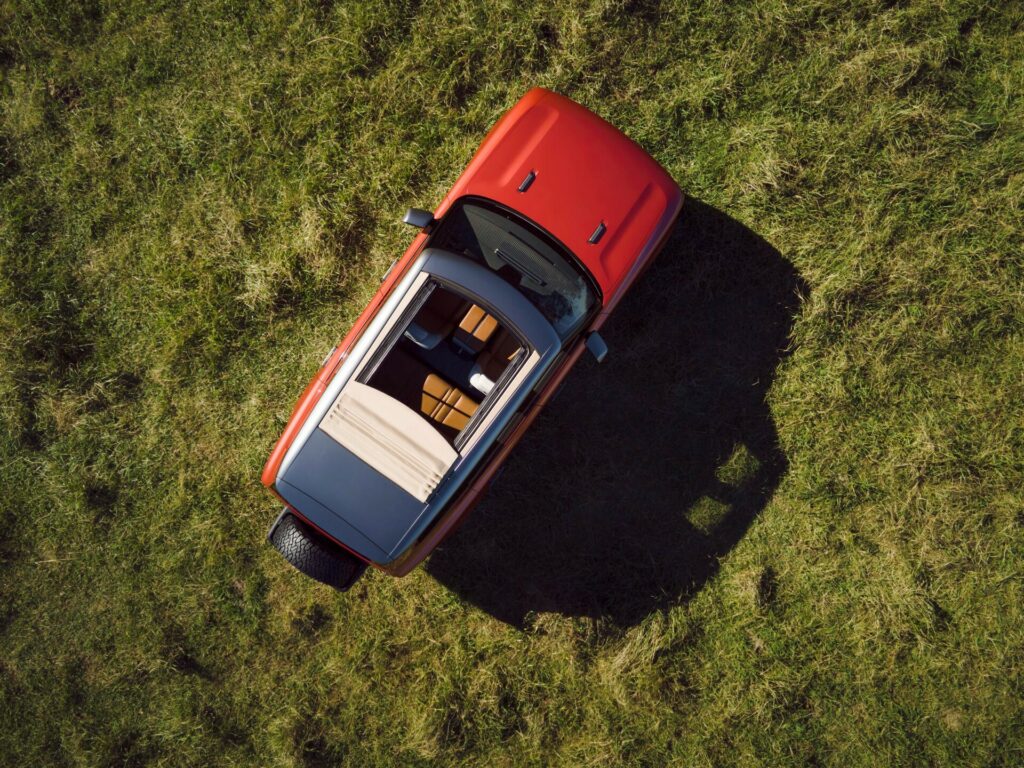
One of the more unexpected options is a Cabana Top, which will be one of the largest retractable roofs offered on an SUV. Scout hasn’t said much about it, but images suggest a canvas roof that slides back to expose the first and second row. In effect, it sounds a lot like the Sky Slider roof that was offered on the Jeep Liberty.
Customers won’t be limited to the Cabana Top as Scout is envisioning “multiple” roof types. One of them will be a panoramic glass roof that combines “expansive sky views with the privacy and thermal benefits of a powered shade.”
Accessories Galore
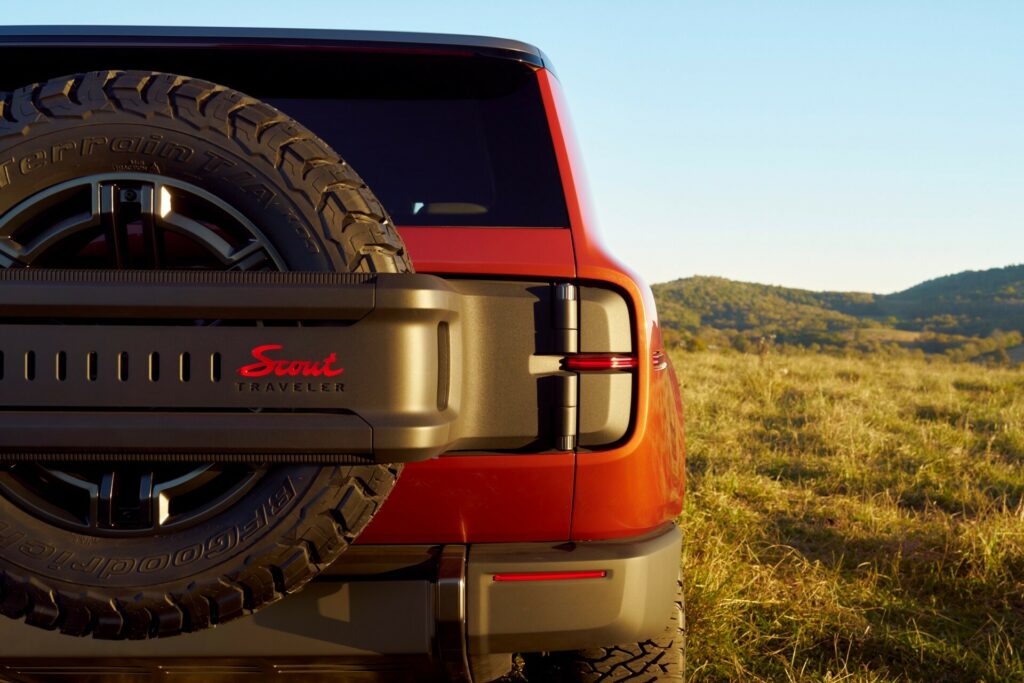
The automotive aftermarket is worth nearly half a trillion dollars and Scout wants a piece of the pie. As a result, they’re promising a range of accessories including auxiliary lighting units, side steps, and rugged bumpers with recovery points. Customers can also expect winches and an assortment of overlanding gear.
Since a number of accessories will be powered, Scout envisions integrating them into the vehicle. This means there could be built-in auxiliary switches and possible app integration for aftermarket equipment.
Tactile Controls
In an unfortunate twist, modern interior design largely focuses on screens. We see it far too often as automakers try to one up competitors with larger displays, front passenger displays, or lower ‘command centers.’
This has left a number of models feeling cold, clinical, and generic – even those from luxury brands. Scout isn’t exactly rocking the boat here, but they’re aiming for a “real” hands-on experience that includes physical switches and dials as well as grab bars and old fashioned door handles.
Front Bench Seat
Much like the original International Harvester Scout, the bench seat has been dead for decades. While there have been a few survivors, they’re the exception and not the rule.
These are typically found in fleet-focused pickups, so it’s surprising to see that Scout will offer a bench seat on both the Traveler and Terra. It replaces a floating center console with a wide seat that appears to have a slightly protruding center section.
Range-Extended Powertrain
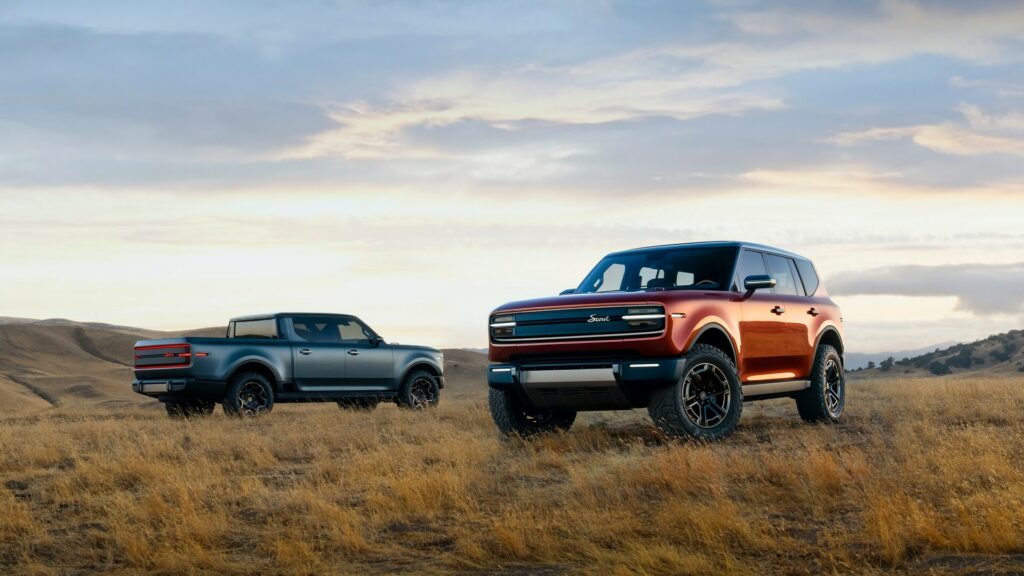
One of the biggest surprises of the night was the announcement of a range-extended powertrain known as the Harvester. The Volkswagen Group has been hitting the EV drum pretty hard, but they finally acknowledged the obvious and listened to consumers who aren’t ready to go fully electric.
This nod to common sense sees the vehicles outfitted with a small internal combustion engine that acts as a gas-powered generator. Scout didn’t go into many specifics, but said the range-extended variant should be able to travel more than 500 miles (805 km).
Fairly Affordable
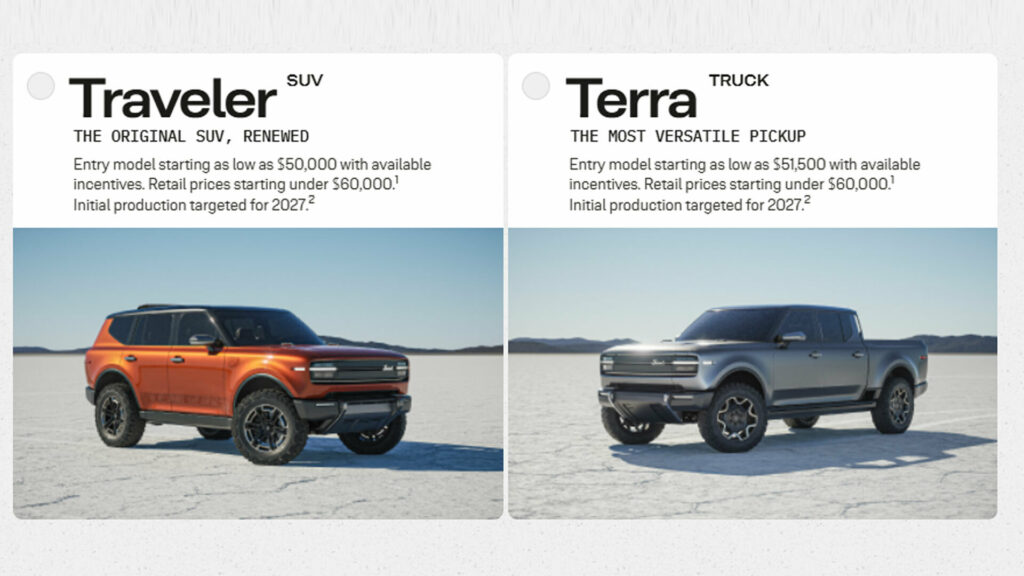
Pricing is expected to start below $60,000, though, given the timeline, it might be wise to take that with a grain of salt. Scout has indicated that entry-level models could cost around $50,000 with available incentives applied, as production will take place in Volkswagen’s South Carolina plant. That’s considerably less than other off-road EVs from GMC and Rivian.
However it’s on par with the Rivian R2, which is set to arrive in the first half of 2026 and cost around $45,000. Details are vague, but the automaker has previously said there will be two different battery packs including one that delivers more than 300 miles (483 km) of range. We can also expect single-, dual-, and tri-motor configurations, with the latter allowing for a 0-60 mph (0-96 km/h) time of less than three seconds.
Direct Sales Model
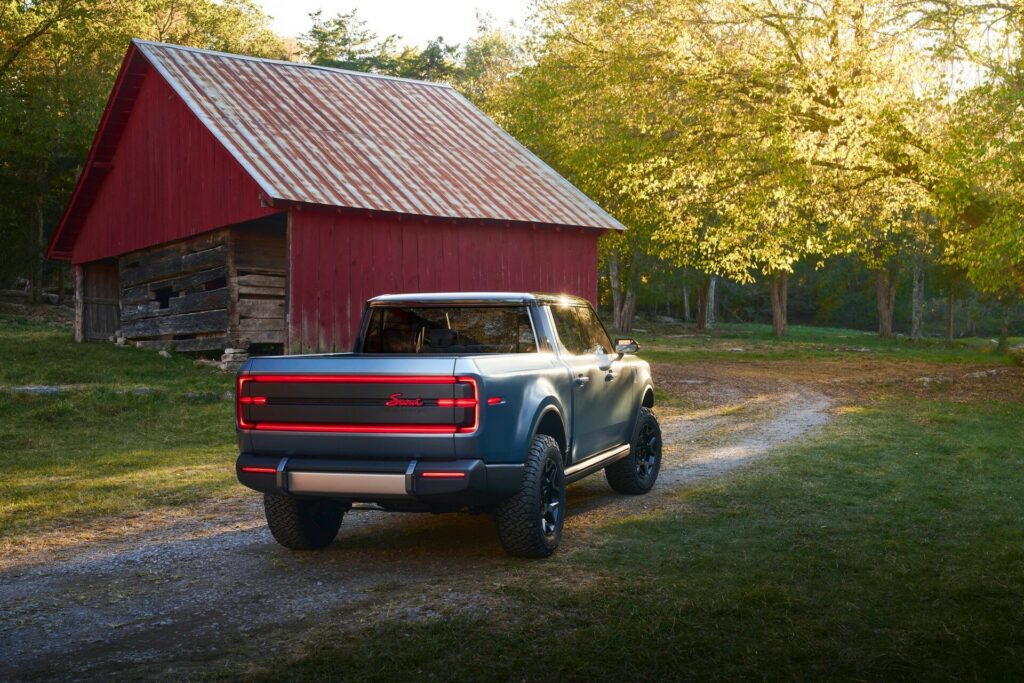
There was one development that Volkswagen dealers in the States didn’t like and that was a direct sales model that cuts them out of the loop. Scout said this will enable them to “establish a one-to-one relationship with its customers, rooted in trust and transparency, by selling and servicing… vehicles directly.”
In effect, dealers can’t be trusted not to screw up the Scout experience with markups and other questionable behavior. This is an interesting change and one that seemingly puts customers first.













































































